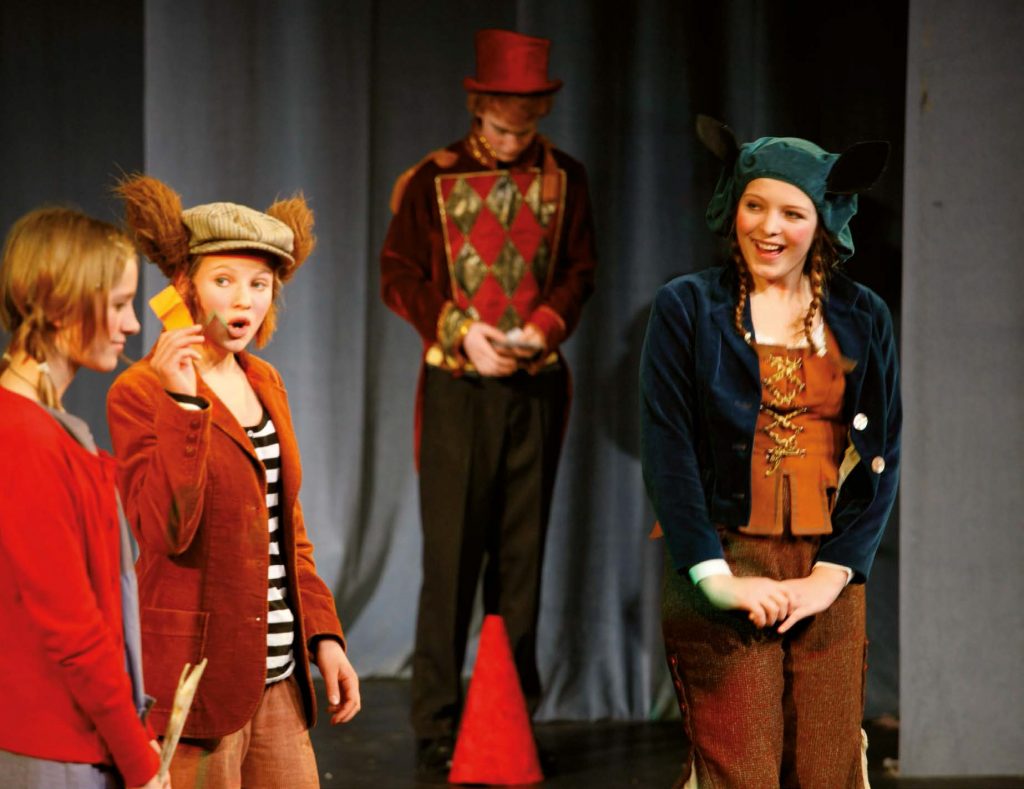- The child starts in Class 0 in the calendar year they turn six.
- Class 0 is the child’s first year at school in the Danish School system.
- The aim is to create rich experiences that stimulate the child’s senses and nurture their thinking, feeling and motivation.
- To form a cohesive and socially harmonious class, the focus throughout the year is to establish good classroom, life and work habits, create healthy rhythms and boundaries that support the children in their daily life.
- The children are encouraged to care for one another like family and take ownership of good habits.
The child comes to school full of expectations and confidence, and it is the school’s responsibility to maintain this confidence and love for learning.
The overall focus for the first year of school is to make the children feel comfortable in their new environment. We create a space where each child develops the courage to take small and big steps and nurtures the desire to participate in all school activities.
At school, learning is organized to provide the best basis for development, growth, and well-being, adapted to the age of the children. We believe that happy children who thrive learn best!
Well-being, practice, and mastery
The class teacher follows the class throughout the day. In this way, the children and the teacher build a good and close relationship. The children learn to listen to each other, to wait their turn and to work quietly and with concentration. Children practise being brave by testing new boundaries. They learn to be part of a group while being seen as individuals who respect each other’s differences.
The classroom teacher focuses on practising different skills, where the results often emerge over time. The process is important for the child’s learning. The sense of mastery grows as the child makes an effort and tries again and again.
Continuous rhythms and a framework for learning
The school day is structured with a continuous rhythm that is repeated every day, while tasks and exercises evolve as children develop new skills. The school day alternates between free play, concentrated work, and shared activities, indoors and outdoors. Physical activity and development are important. Jumping, throwing, catching, sliding, pulling, balancing, lifting, running, carrying, and spinning. When the child is physically active, the body can relax when reassembling in the classroom. Nail hammering, cutting, sewing, washing, baking, drawing, and painting give the pupil good body control and develop fine motor skills. Knowing your body and being able to use it for both small and large movements is important for all further learning.
At Waldorf International School, the school day in class 0 is not divided into different subjects. We try to create a holistic approach to the day and to the different subjects that the day contains. Through play, independent exploration, and joint activities, the different subject areas are practiced. The children get a solid foundation for further learning and meet their subjects in a practical and sensory way.
Language comprehension
Words are associated with actions, feelings, and objects. Songs, poems, and verses in English, Danish and other languages develop language awareness and language skills. Daily storytelling, conversation, and play strengthen vocabulary and language comprehension.
Maths is all around us
The pupils use numbers in practical situations, and through both work and play, they become familiar with sizes and quantities. Counting, subtracting and adding, dividing and multiplying.
Science
Walking in the neighborhood, tree climbing, school gardening, earthworms in raised beds, beehives and insects, bird seed on feeders, “compost captains” and life in the compost, flames, and embers in the fire, fermentation processes in bread and baking.
Technology through observation and practice
Water running, wheels turning, building projects in the sand. Understanding technical tools is linked to understanding the body and its function. Seeing and experiencing what you can do generates admiration and interest in what technology can do for us. This forms the basis for later using technical tools in a sensible way. We don’t have computers.
Learning through play
Playing freely is practicing life; interaction, social movement, dialogue, and negotiation. Play is creative, challenging, and stimulating. Through play, children explore new situations, digest things they have heard or experienced, and learn from each other. They explore, challenge, discuss, and adapt. Play is the child’s own method of learning and therefore play is important at Waldorf International School. By providing students with a rich and lively first year of school, we lay the foundation for the development of lifelong learning. We offer a unique kindergarten education. We emphasize the child’s sense of achievement, thereby ensuring a lasting desire to learn. We do not learn for school, but for life!
Play is learning for life!











